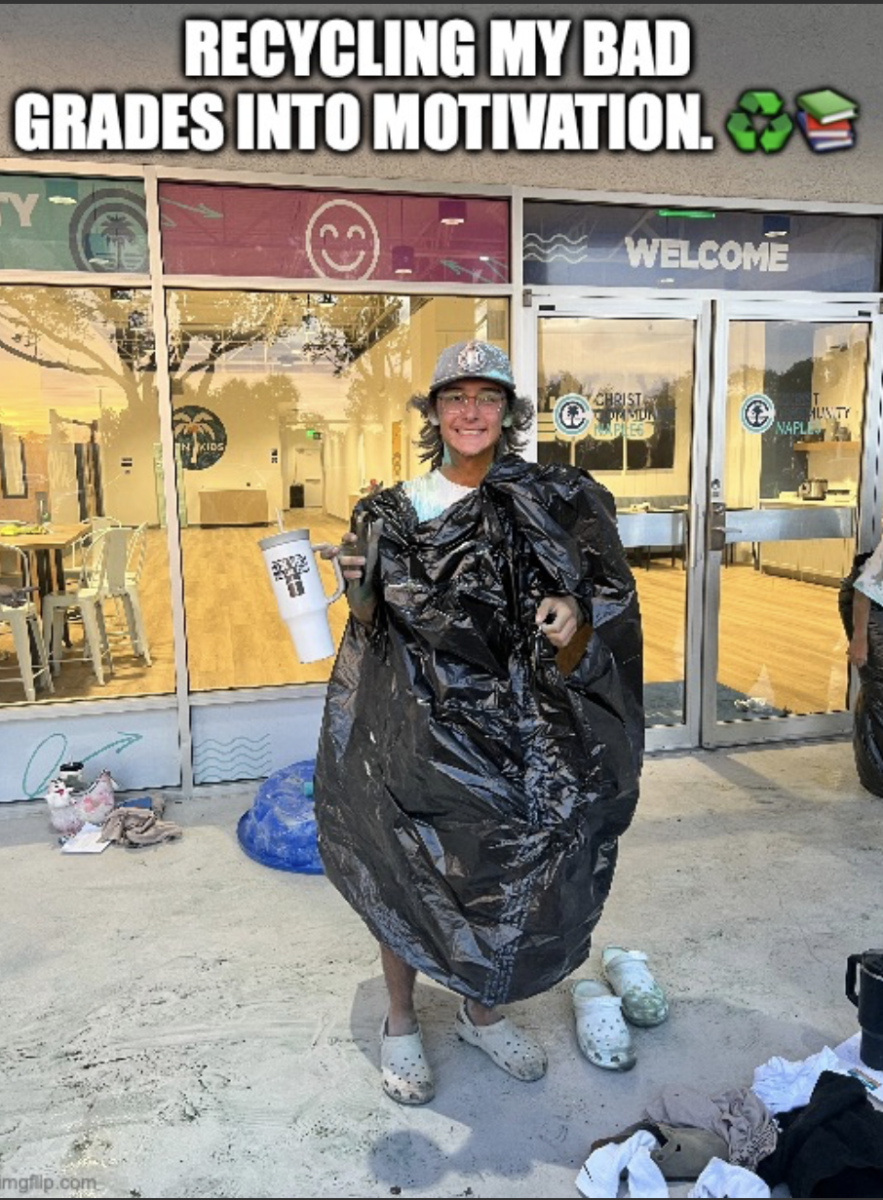WTF, Where’s The Fire?
[Pixabay] Controlled burns take place all across the world, but one of the most common places is here in the Floridian Everglades.
April 12, 2023
At this time of year, many Florida residents become familiar with the closest thing we will get to snow. Around springtime, ash falls from the sky as controlled burns start to happen. Many of the newer residents remain unaware of the purpose of these burns. Yet these controlled burns are an essential part of keeping us and our gorgeous wildlife safe and healthy. Controlled burns, also known as prescribed burns, are low-intensity fires that are purposely lit to help prevent wildfire and help new vegetation grow.

Highly-trained firefighters, called controlled-burned managers, monitor the controlled burns very closely to make sure they don’t get out of control. There are two main types of controlled burns that are used to manage an ecosystem: broadcast burning and pile burning. Broadcast burning is when firefighters set flame to large areas of land. Pile burning is when specific sections of vegetation, rather than land, are burned. Pile burning is used when broadcast burning is not a safe option and is often used to thin a forest.
Controlled burns help to refurbish the ecosystem after a certain number of years and it changes for each ecosystem. More arid landscapes, such as savannahs and marshes, burn every 1-3 years. Moist climates, such as shrub wetlands and high pinelands burn every 3-7 years. These fires are natural; without human intervention, they would happen anyways, but today these would create massive wildfires with dangerous side effects. Controlled burns help to burn flammable materials before nature gets to them first and cause a large-scale uncontrolled fire. Things such as a lightning strike can hit the flammable brush and cause it to set up in flames and spread, which then can possibly move to cities or local towns. This not only destroys property but can take human lives. Thousands of people have died as a result of wildfires in the past few decades.
“Since 1958, Everglades National Park has been using prescribed fire to reintroduce and maintain fire as part of an ecosystem that has been altered by man.” –National Park Service
In the Everglades, there are 36 threatened or endangered species and with that controlled burns are a way to help them thrive. The fire creates a more nutritious soil allowing for healthier and more lush habitats to grow on top of the previous land. It also keeps certain plant species from overwhelming the environment and allows for more desirable ones to grow. This allows for more ground areas for various animals to travel and hunt, like panthers. As well as controlled burns help with the fertilization of the site allowing omnivores and herbivores to have more access to food. These animals could include birds, which the Everglades alone is home to around 350 different species of birds.
Many Floridians are aware of the wide range of bugs that thrive in the Florida ecosystem, including mosquitoes, no-see-ums, gnats, palmetto bugs, stink bugs, and many more. From those who bite, destroy homes, or are just unsightly, many people are not the largest fan of bugs. The prescribed burns also help control the local insect population in the areas that they burn. It helps to keep their population at bay and have them not overwhelm the native ecosystem. It also aids in reducing the bug population in residential areas. A similar tactic is used to combat the high population numbers of invasive species. In Florida, invasive plants have become so common many cannot even tell what is native and what is invasive. There are hundreds of nonnative species that are negatively harming the environment and controlled burns kill invasive plant species.
“When these fires are suppressed, flammable materials accumulate, insect infestations increase, forests become more crowded with trees and underbrush, and invasive plant species move in.” –National Geographic
Controlled burns often aid in some plant reproduction. Many species of pine rely on controlled burns to germinate. The cones are sealed with a special kind of resin-like sap that is melted in forest fires, causing the cone to spread the seeds. As lots of undergrowth is thinned during a fire, which means there is more fertile ground for the new pine sprouts to grow.
Although controlled burns are vital, there are certain risks involved with them. The air quality is greatly diminished by the fires in the area surrounding the burns. The experts behind controlled burns try their best to keep the smoke away from cities or towns, but it is inevitable that smoke gets to a residential area. A change of winds cannot be avoided in any area, and the smoke needs to go somewhere. While experts try to aim it at an area with the least impact, smoke can still blow into a highly populated area. This causes issues for locals, especially those with respiratory issues like asthma.

The risks of working with fire are also a president issue, with it being possible it could cause bodily harm to either a technician working with the fire or a firefighter there to help keep everything under control and running smoothly. Not just with burns, but also being around the fire a lot can cause a short or long-term impact on a person’s respiratory health. Fire is also not easy to control, with one small mistake, controlled burns can easily turn into a wildfire. Many Long-term residents of Florida can remember years ago when controlled burns went out of control and it caused lots of destruction to local areas.
Florida has become known as the most successful state to use controlled burns as a tactic to reduce out of control forest fires. Now, other states are following Florida’s lead. States like California, which have had a large issue with wildfires in the past, have now adopted controlled burns as well. This shows just how effective prescribed burns have been in restoring the ecosystem and preventing large-scale wildfires. With proper management, prescribed burns can be used to better the environment and ecosystem, improving the overall community as a whole.


![[Pixabay] Controlled burns take place all across the world, but one of the most common places is here in the Floridian Everglades.](https://themiawave.org/wp-content/uploads/2023/04/fire-2730796_1920-900x562.jpg)




